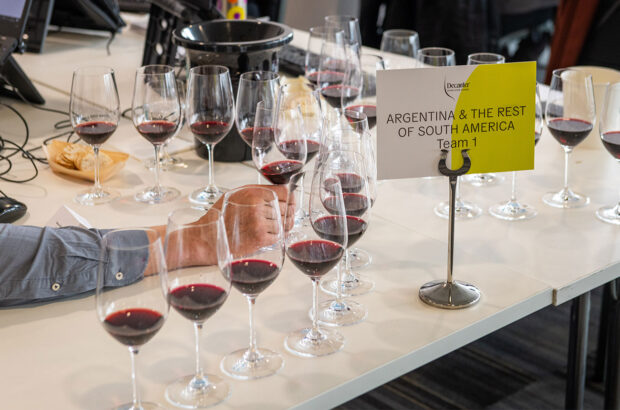Wine drinkers are increasingly turning to whites and rosés, which together now account for more than half of consumption, according to the International Organisation of Vine and Wine (OIV).
White wine consumption has been growing ‘at a relatively fast pace’ since 2010, driven by demand for sparkling wine, the OIV said in a report on colour trends since the start of the century. The rosé market resumed growing at a slower pace after taking a hit from the 2008 global financial crisis. Red wine consumption didn’t show a similar recovery, falling from a peak in 2007, according to the intergovernmental organisation.
Rising popularity of white wine in the past 20 years is mostly driven by the sparkling wine markets of the US, Germany and the UK, making up for traditional consumers such as France and Spain, where overall wine drinking has declined. The situation is different for reds, where no country was able to compensate for the falling consumption in the major European wine countries.
‘Over the past decades, the world wine sector has seen an overall positive trend of production and consumption of white and rosé wines, while red wines have decreased,’ the OIV said. ‘This structural shift can be mainly attributed to overall changes in consumer preferences.’
White wine accounted for 43% of global wine consumption in 2021, up 3 percentage points from the start of the century, the OIV data shows. The share of reds stands at 47%, from just over half two decades earlier.
Global consumption of white wine and rosé has risen by 10% and 17% since 2000, respectively, according to the OIV. Red wine has declined 15% from a peak in 2007.
‘The boom of rosé and then of sparkling wines, together with a crisis of red wines, are mainly caused by a change in the composition of consumers,’ said Giorgio Delgrosso, head of statistics at the OIV, by email. ‘Also, the evolution of consumption habits has certainly played in favour of lighter and fresher beverages.’
The US is the biggest consumer of white wine, with consumption rising 65% in the 2000-2021 period. Russia, Australia and the UK were other countries where white wine did well, while consumption was stable in Italy, the second-biggest market for the colour.
France is the biggest destination for rosé wine, accounting for more than a third of the market. However, the UK was where consumption rose fastest in the past two decades.
The US, China and Germany are the biggest red-wine drinkers, followed by France and Italy. Both China and the US recorded rising consumption in the past two decades, though the OIV data show Chinese wine drinking has slumped from a peak in 2017. Consumption in France, once the world’s biggest red-wine consumer, has fallen by almost half since the start of the century.
The mix of production by colour has followed the consumption patterns in the past 20 years, with a ‘remarkable’ decrease in global red wine supply, according to the OIV.






